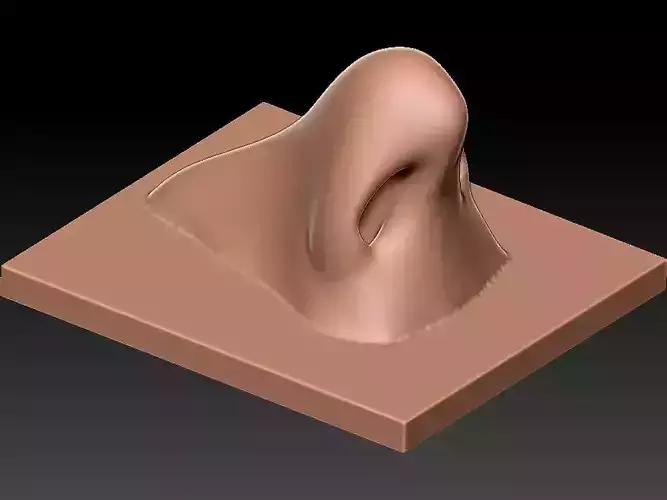1/22
A nose is a protuberance in vertebrates that houses the nostrils, or nares, which receive and expel air for respiration alongside the mouth. Behind the nose are the olfactory mucosa and the sinuses. Behind the nasal cavity, air next passes through the pharynx, shared with the digestive system, and then into the rest of the respiratory system. In humans, the nose is located centrally on the face and serves as an alternative respiratory passage especially during suckling for infantsActing as the first interface between the external environment and an animal's delicate internal lungs, a nose conditions incoming air, both as a function of thermal regulation and filtration during respiration, as well as enabling the sensory perception of smell.
Hair inside nostrils filter incoming air, as a first line of defense against dust particles, smoke, and other potential obstructions that would otherwise inhibit respiration, and as a kind of filter against airborne illness. In addition to acting as a filter, mucus produced within the nose supplements the body's effort to maintain temperature, as well as contributes moisture to integral components of the respiratory system. Capillary structures of the nose warm and humidify air entering the body; later, this role in retaining moisture enables conditions for alveoli to properly exchange O2 for CO2 (i.e., respiration) within the lungs. During exhalation, the capillaries then aid recovery of some moisture, mostly as a function of thermal regulation, again
REVIEWS & COMMENTS
accuracy, and usability.






















